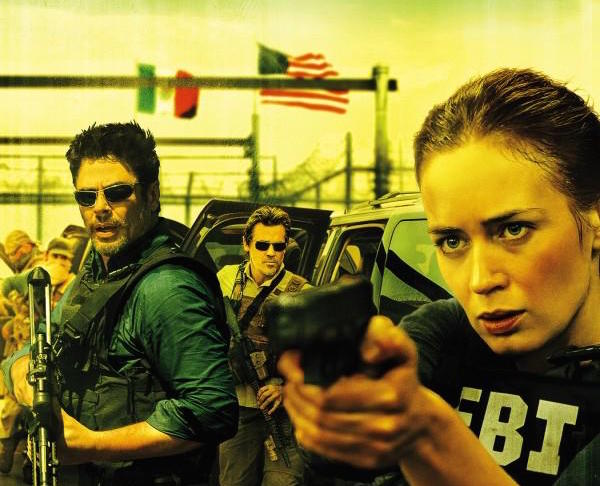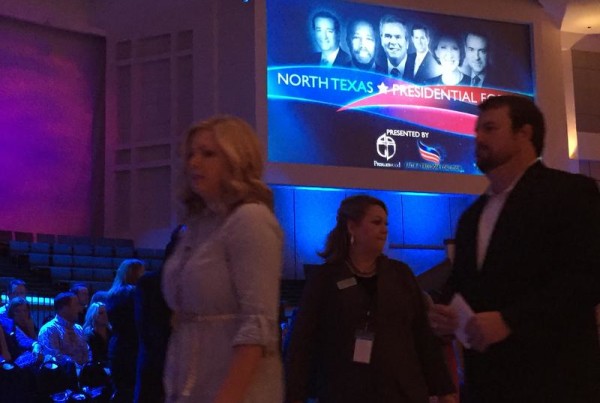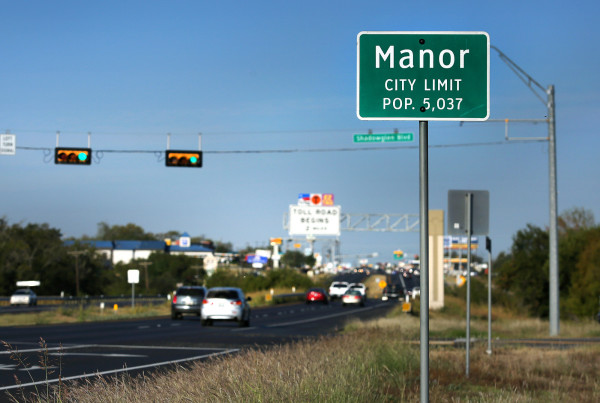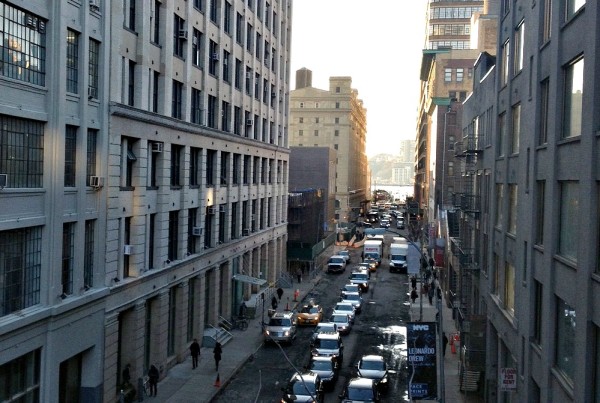This story originally appeared on Texas Public Radio.
The new film “Sicario,” starring Emily Blunt and Benicio Del Toro, features FBI agents in the borderland taking on the escalating drug war. While it’s gotten great reviews, some politicians and communities on both side of the border are protesting the way the film portrays the region. The mayor of Juarez has reportedly even called for a boycott of the film.
More than 50 residents of El Paso recently went to a special viewing of the movie “Sicario” – to mixed reviews.
“You had some people that thought the movie was done well in terms of it being exciting, but thought it was a really bad portrayal of Juarez, or that it was a damaging portrayal,” Peter Svarzbein says. The freshman city council member organized the viewing and panel discussion. He’s got a background in film and media.
“I thought this was an opportunity to not bash Hollywood or anything like that,” Svarzbein says, “but to look critically at the kind of portrayals that keep popping up when it talks to the U.S.-Mexico border.”
“Sicario” means assassin. Svarzbein says he’s over stereotypes in movies, like “Latinos as torturers, Latinos as the bad guys, Latinos as drug runners full of violence.”
He says people in his hometown El Paso, sister city to Juarez, know the reality of the region: “Why is that the only story that tends to be told about this area?”
Jim Mendiola says “in general, in cinema, the border has been a convenient place to depict lawlessness, and a contrast to the American way of life.”
Mendiola is a San Antonio native. The filmmaker and culture critic is artist-in-residence at the Center for Mexican American Studies at the University of Texas at Austin.
“I don’t think film’s obligated to be accurate,” he says. His favorite thing about “Sicario” was the way the landscape was depicted – like the banal Super 8 on the side of the freeway.
“The filmmaker’s from Canada,” Mendiola says, “and there’s this ability for outsiders to come to the Southwest and see this place and notice things that we take for granted living here.”
But besides that, Mendiola says the film failed for him in terms of character and story.
“Ultimately what they’re saying about the drug trade is it can’t be solved,” Mendiola says. “It burrows itself in all levels of society, and corrupts it – especially on the Mexican side – so why even try to fix it.”
Contrast that to his favorite border movie: “Touch of Evil” from 1958. The Orson Welles film stars Charlton Heston and Janet Leigh. Jim Mendiola says it flips stereotypes on its head.
“The good guy is the Mexican, the bad guy is the American,” he says.
In more contemporary films like “Border Run,” “Border Town,” and “Savages,” the message is pretty clear: North equals safe and South equals dangerous.
Mendiola says, at the end of the day, “Sicario” is Hollywood. “Corpses hanging from overpasses, people being dismembered, blood everywhere – that’s a really easy sell,” he says.
But things like that have happened in real life. Juarez has suffered decades of violence, but the height of it all happened around 2010. These days, a new Juarez is emerging: murders are down and residents are working to take their town back. They’re going out, celebrating.
But Councilman Peter Svarzbein in El Paso says those wounds are fresh, and “Sicario” brought up a lot of hard memories for the city’s residents. El Paso and Juarez are intertwined, and Svarzbein says impressions of the region from the outside world matter.
“It affects us,” Svarzbein says. “It affects us when you have a company that’s thinking about relocating some of their employees. It affects us when you have a person who’s looking at the Texas Tech College of Medicine to come here.”
“We need to be proactive about choosing to define ourselves, and choosing those stories that we want to tell,” he says. “Because if we don’t, we’ll continue to be defined from the outside. And we’re too beautiful and special a place to let that happen anymore.”
While Hollywood might not change any time soon, Svarzbein says it’s up to the community to own all parts of their story in order to move forward.















